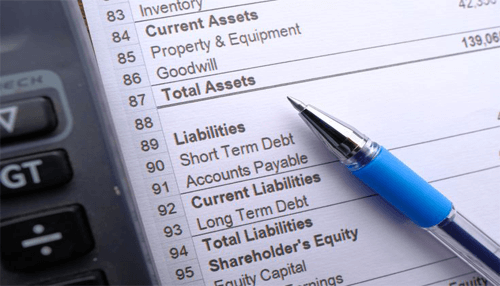If you are a person willing to invest or buy stocks, then you should have a basic knowledge of overcoming losses significantly. Shareholders equity represents the total net worth of a company that will return amounts to a shareholder after repaying debts and liquidating the total assets. As an investor, you should calculate the same property that can help make the right decision. In fact, it is a critical tool that allows you to get more ideas in advance before investing in stocks.
Steps to Calculate the Shareholders Equity
1. Find the total asset values of a company
Before calculating shareholder equity, you need to add all the assets of a company together, which can help get the best results. An asset is a resource that belongs to a company and plays an important role in determining its future economic value when sold or liquidated. You should get the most recent financial reports of a company online to know its current assets, such as cash, short-term investments, accounts receivable, and inventory. Apart from that, you should also consider adding long-term assets which include property, plants, notes receivable, deferred charges, etc. Now, you can combine both current assets and long-term assets to find the total assets of a company.
2. Determine the total liabilities of a company
For calculating the total liabilities, you should apply the same formula used in the calculation of the total assets. That is, you need to evaluate the current liabilities and long-term liabilities from the balance sheet of a company. The current liabilities include salaries, accounts payable, interests, short-term debts payable within one year, accrued expenses, interests, and dividends payable. On the other hand, long-term liabilities are unpaid debts of a company and you can add the same to current liabilities after obtaining the values.
3. Use the subtraction technique to calculate shareholders’ equity
Finally, you can determine the shareholder’s equity by subtracting total assets from total liabilities. For instance, if a company has $ 50000 in total assets and $ 20000 in total liabilities, then the equity is $30000. The primary advantage is that you can know whether the results are positive or negative. It is advisable for you to evaluate the risks of a company with this formula for reducing losses. You can gather all the information from a balance sheet that helps determine whether stock investments are profitable or not.



